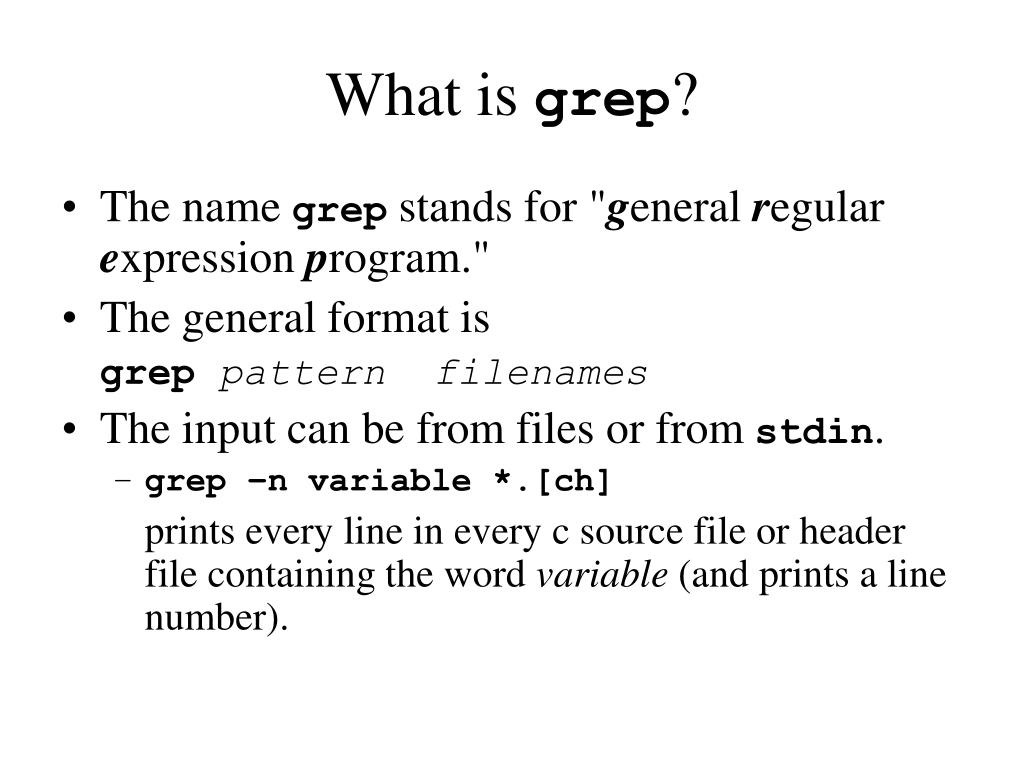
In this example, multiple files are searched to find matches for the specified pattern. The file nameĪnd line number precede each line of content that contains a match for the Pattern parameter. Select-String displays the output in the PowerShell console. The current directory with the file name extension. Select-String uses the Path parameter with the asterisk ( *) wildcard to search all files in Text files in the current directory, Alias.txt and Command.txt. In this example, Get-Alias and Get-Command are used with the Out-File cmdlet to create two Output displays the lines in those files that include the specified string. txt file name extension in the current directory. This command searches all files with the. Select-String displays HELLO in the PowerShell console. Parameter and specifies that the string in the pattern isn't interpreted as a regular expression. Specifies that the case must match only the upper-case pattern. Select-String uses the Pattern parameter to specify HELLO. The text strings Hello and HELLO are sent down the pipeline to the Select-String cmdlet. 'Hello', 'HELLO' | Select-String -Pattern 'HELLO' -CaseSensitive -SimpleMatch This example does a case-sensitive match of the text that was sent down the pipeline to the Examples Example 1: Find a case-sensitive match

If the file has no BOM, it assumes the encoding is UTF8. Select-String uses the byte-order-mark (BOM) toĭetect the encoding format of the file. When you're searching files of Unicode text. You can also specify that Select-String should expect a particular character encoding, such as Select-String can be used to display all text that doesn't match the specified pattern. Select-String can display all the text matches or stop after the first match in each input file. You can direct Select-String to find multiple matches per line, display textīefore and after the match, or display a Boolean value (True or False) that indicates whether a Line and, for each match, it displays the file name, line number, and all text in the lineĬontaining the match. By default, Select-String finds the first match in each You can use Select-String similar to grep in UNIX or findstr.exe in The Select-String cmdlet uses regular expression matching to search for text patterns in input


 0 kommentar(er)
0 kommentar(er)
